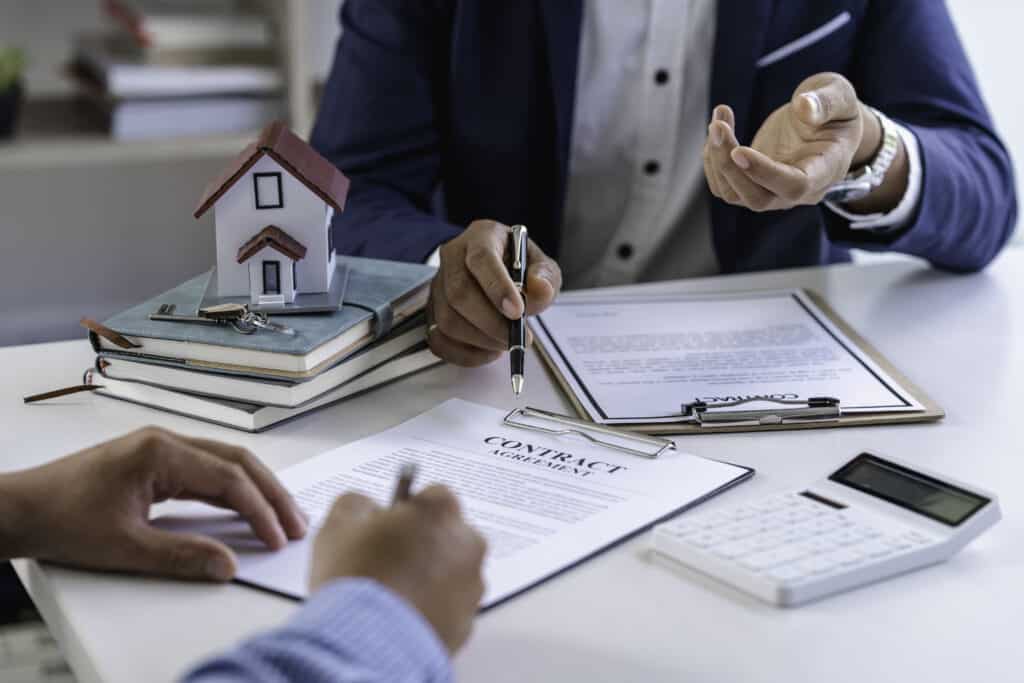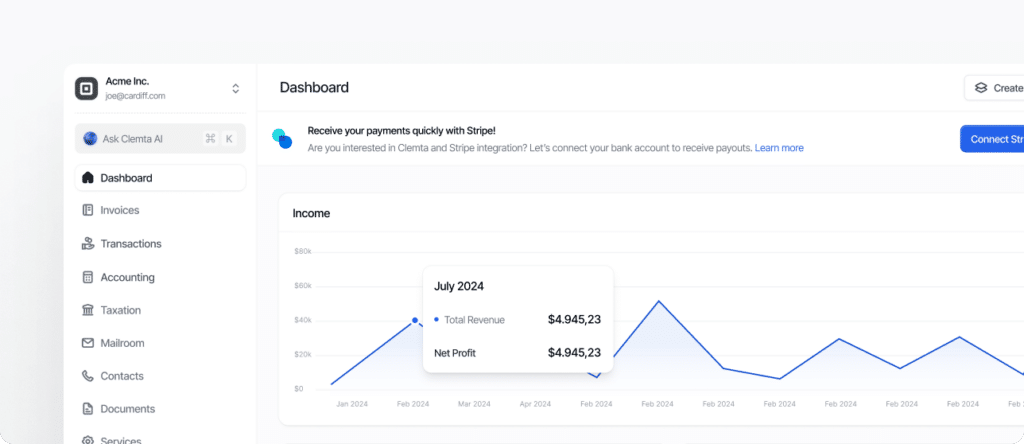As an e-commerce business owner looking to break into the US market, understanding and managing sales tax is crucial for your success. The US sales tax landscape can be complex and varies significantly from one state to another, making it essential for e-commerce businesses to stay compliant and efficient. In this guide, we’ll walk you through the best strategies to optimize your e-commerce store for better US sales tax management.
Understanding US Sales Tax
Before diving into optimization strategies, it’s important to have a foundational understanding of US sales tax. The United States does not have a federal sales tax; instead, sales tax is levied at the state and local levels. This means that each state (and sometimes counties or cities) sets its own sales tax rates and rules.
Key Considerations
- Nexus: Nexus is the connection between your business and a state that requires you to collect sales tax. Common triggers for nexus include having a physical presence, reaching a certain sales threshold, or selling products through an affiliate.
- Tax Rates and Rules: Each state has its own set of rules and rates. For example, some states tax clothing while others do not.
- Exemptions and Compliance: Certain products may be exempt from sales tax or taxed at reduced rates, and adhering to these rules is essential for compliance.
For detailed information on how your specific e-commerce platform can help manage these factors, consider visiting Clemta.com.
Strategies for Better Sales Tax Management
Automate Tax Calculation and Collection
Using tax automation tools is a must for efficient e-commerce operations. Platforms like Shopify, BigCommerce, and WooCommerce have built-in integrations with tax calculation services such as Avalara, TaxJar, and Vertex. These services automatically calculate the correct sales tax for each transaction based on the latest rates and rules.
Benefits: Reduces manual errors, ensures compliance, and saves time by automatically updating tax rates.
Understand and Monitor Nexus States
As your e-commerce business grows, so does the potential to establish nexus in new states. Regularly review your nexus status, especially if you start storing inventory in fulfillment centers around the country or if sales in a particular state increase significantly.
- Action Points: Keep abreast of state nexus laws and use tools like Avalara’s Nexus Calculator to monitor potential changes.
Streamline Tax Exemption Processes
If you sell exempt items, streamline the process for customers to claim exemptions. This involves having a robust system for collecting and storing exemption certificates, which can be facilitated by accounting software that integrates with your e-commerce platform.
- Tools: TaxJar and Avalara also offer solutions for managing exemptions efficiently.
Regular Sales Tax Audits
Regular internal audits can help identify discrepancies in sales tax collection and ensure compliance. This can involve checking transaction records, reviewing exemption certificates, and ensuring that tax filings are up to date.
- Benefit: Helps avoid potential penalties and keeps your business compliant with state laws.
For more auditing strategies, explore the comprehensive resources available at Clemta.com.
Educate Your Team and Customers
Your team should be well-versed in sales tax basics to assist customers and ensure compliance. Additionally, educate your customers about the importance and applicability of sales tax, especially if they come from regions where sales tax is not prevalent.
Update Your Checkout Process
The checkout process should clearly show sales tax calculations for transparency. Ensure that your e-commerce platform provides an intuitive and seamless customer experience by displaying tax breakdowns and maintaining efficient payment gateways.
Consult With a Tax Professional
Given the complexity and constantly changing nature of US sales tax laws, it’s wise to consult with a tax professional who specializes in e-commerce. They can provide valuable insights and assist with strategic planning to ensure compliance.
- Consideration: Tax professionals can also aid in setting up systems to handle international sales tax if you’re selling to customers outside the US.
Leveraging Technology for Compliance
Another critical aspect is using technology to keep up with sales tax changes. Integration of advanced software solutions can streamline compliance tasks and minimize human error, which is essential in today’s fast-paced digital environment. To explore e-commerce integration solutions, visit Clemta.com.
Conclusion
Optimizing your e-commerce store for better sales tax management is integral to successful operations in the US market. By automating tax processes, understanding and monitoring nexus, and maintaining regular audits, you can alleviate the complexities of sales tax compliance. Furthermore, leveraging tax automation tools and seeking professional advice can significantly ease the burden, allowing you to focus on scaling your business.
Incorporating these strategies will not only ensure compliance but also enhance your store’s reputation for transparency and reliability with both customers and regulatory bodies. As you expand your operations, staying informed and prepared will serve as the cornerstone for sustained growth in the competitive US e-commerce arena.
For more insights into optimizing your e-commerce store, visit our detailed guides and resources on Clemta.com.







